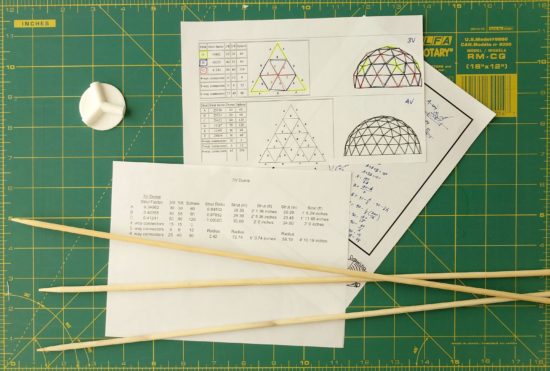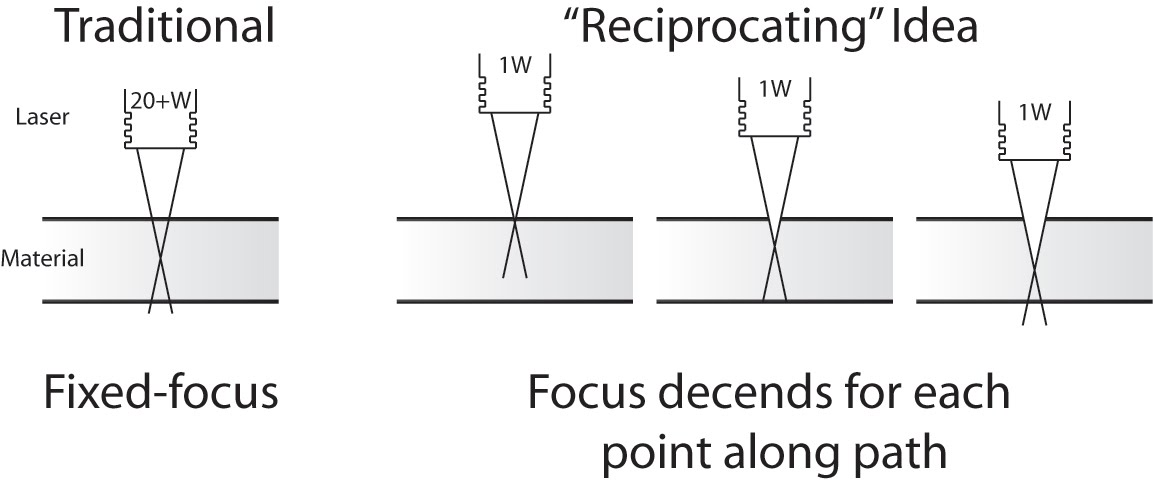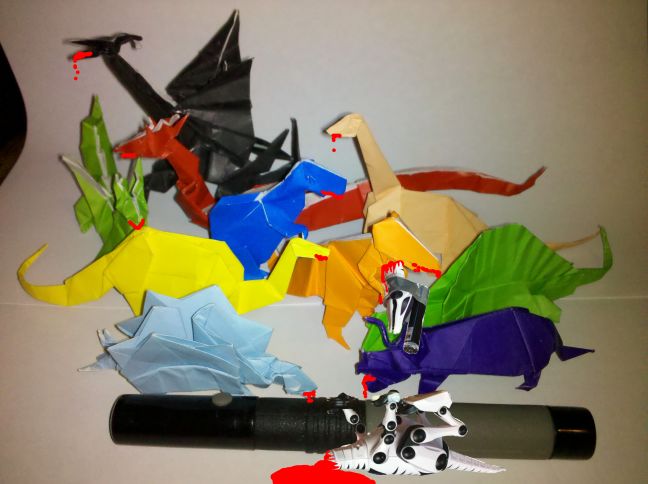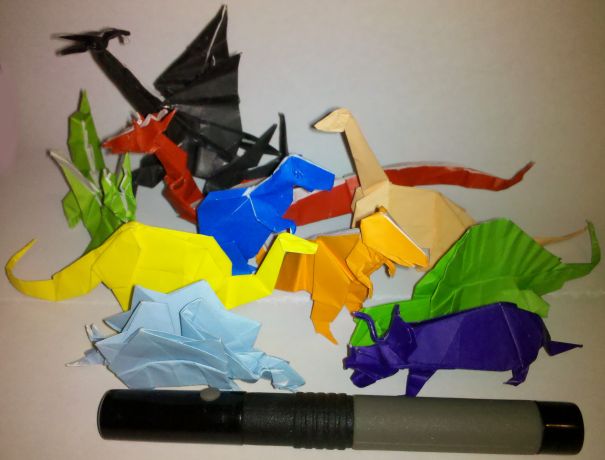
I’ve always liked the idea of geodesic domes, but haven’t had the space, time, or ability to actually assemble one. On top of all that, I was having trouble coming up with an idea for struts that would be both sturdy and cheap enough to build a dome at a reasonable cost.
Until I went to the grocery store recently. The local supermarket had a clearance table with long bamboo skewers. I realized these could probably work really well as struts and they were extremely cheap to boot. I bought a few a the store to try out, but ultimately turned to Amazon for my bulk bamboo purchase.
I’ve already designed the connectors to work with these bamboo skewers. You can try them out here on Thingiverse.
Once I’ve got the skewers cut to size and the remaining connectors printed, I’ll be wrapping the entire structure in that stretchy plastic wrap used for protecting furniture when you are moving. 1 Then I’ll be putting some LED’s and possibly a laser inside to make it more interesting. :)
Lasers.
Default Series Title- We have two rolls left over from the last two times we moved… [↩]




